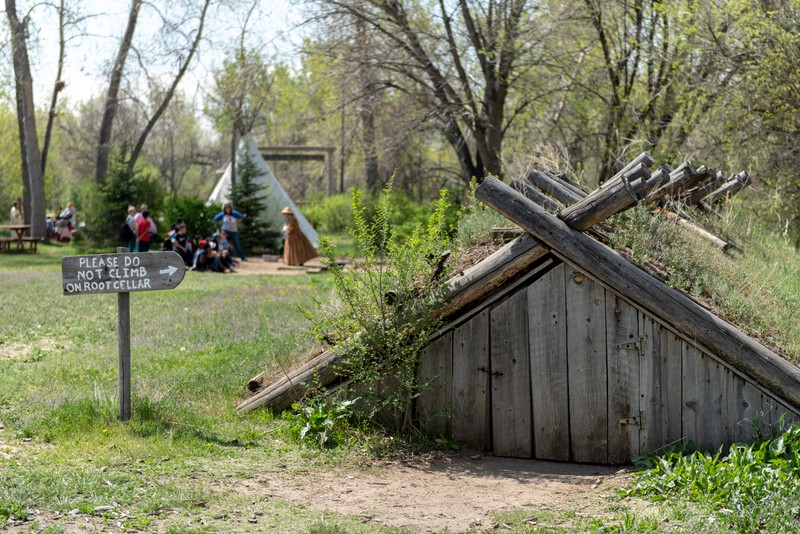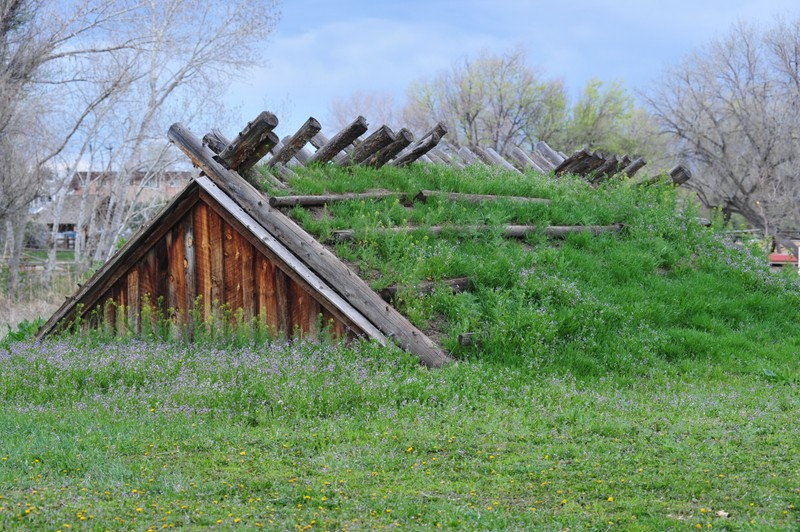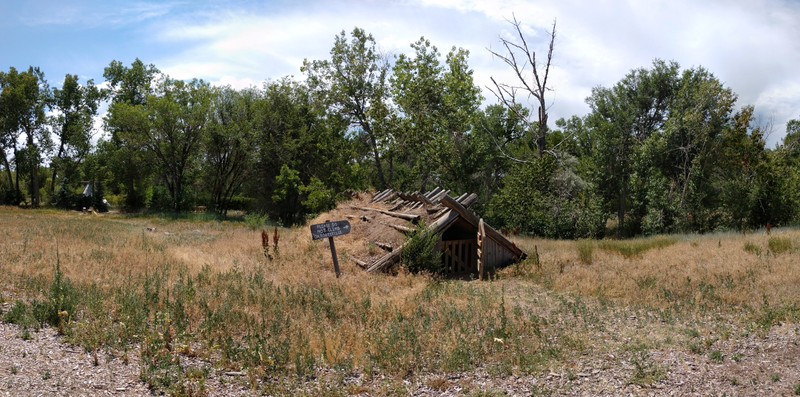The Root Cellar
Introduction
Text-to-speech Audio
Images
Four Mile's root cellar

Another view of Four Mile's cellar


Backstory and Context
Text-to-speech Audio
Although there is a cellar in the original building, Mary Cawker and the Booth family would have built root cellars on the property to store items they had canned, as well as other fruits and vegetables. It is unknown where the original root cellars were located. Records indicate that the Booths grew wheat, corn, oats, and potatoes. Archaeological work on the property also revealed that the Booths had an orchard that contained peaches, crabapples, hackberries, and chokecherries. Four Mile's root cellar is maintained by Park staff and volunteers. Although visitors are not allowed to enter the root cellar, they are welcome to peek in the door and see examples of what pioneers would have stored there.
Sources
Four Mile Historic Park Collections
Root Cellars: Types of Root Cellars and Storage Tips | The
All Digital Photo Denver
Four Mile Historic Park Collections
